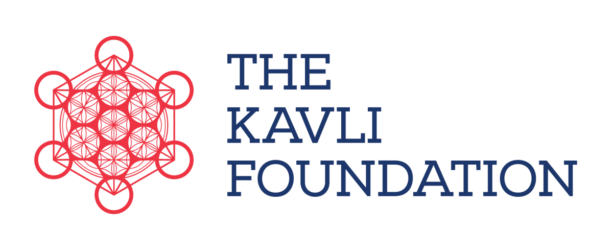Charting the metallicity evolution history of the Universe
A joint workshop organised by KICC, INAF-Arcetri, University of Florence and Scuola Normale Superiore Pisa to discuss the role of chemical abundances in shaping our understandings of galaxy evolution across the cosmic epochs.
The workshop is now scheduled for the 19-23 September 2022 in Catania (Italy), and will be held in hybrid format.
Rationale
In the last decade, deep surveys at low and high redshift have unveiled a unified picture for the star formation history of the Universe, providing a robust link between the growth of structure in a cosmological context and the evolution of galaxies. In this workshop we aim to take the next step in charting the evolution of galaxies and the complexities of the baryon cycle by drawing a picture of the chemical evolution history of the Universe. Leveraging on the wealth of different diagnostics of the metal content in galaxies from both emission and absorption spectral features, we will link the observed chemical diversity in the local Universe with observations at high redshift and discuss the role of current and upcoming facilities (MOONS, 4MOST, EUCLID, ELTs, etc.), with particular focus on the very first data available from the JWST.
Moreover, we aim at comparing the observational results with the latest predictions from state-of-the- art chemical evolution models and cosmological simulations.
Key Scientific Questions:
- What is the cosmic evolution of gas-phase metallicity in the Universe?
What can we learn about the star formation history of galaxies and the baryon cycle from the footprint they left on metallicity and its scaling relations? Which constraints can be set on current galaxy evolution models and which crucial observables are instead still missing? - How do chemical abundances constrain the time scales of galaxy evolution?
Can we reliably measure and model total gas and stellar metallicity in galaxies? Which information do they carry about galaxy quenching mechanisms? What do the abundances of individual elements add to the picture? - What is the metal content of early galaxies?
How does metal and dust enrichment occur in primeval galaxies during the epoch of reionisation? Which chemical composition do dust grains have and what do we know about the dust life cycle? - What is the distribution of metals in galaxies and in their CGM/IGM? How are metals (re-)distributed between gas, stars, dust and the circum-galactic and inter-galactic medium (CGM,IGM) over cosmic time and which is the role of inflows/outflows? Do we still have a “missing metals problem”? What can we learn about disc formation and evolution from accurate mapping of abundances in the Milky Way and nearby galaxies and how do measurements of metallicity gradients at high redshift improve our understandings?
SOC
Roberto Maiolino (KICC)
Martin Haehnelt (KICC)
Chiaki Kobayashi (University of Hertfordshire)
Giovanni Cresci (INAF/Arcetri)
Simona Gallerani (Scuola Normale Superiore Pisa)
Nimisha Kumari (STScI)
James Trussler (University of Manchester)
LOC
- Mirko Curti (co-chair, KICC)
- Francesco Belfiore (co-chair, INAF)
- Steven Brereton (KICC, admin)
- Roberto Maiolino (KICC)
- Nicolas Laporte (KICC)
- Connor Hayden-Pawson (KICC)
- Joris Witstok (KICC)
- William Baker (KICC)
- Gabriel Maheson (KICC)
- Filippo Mannucci (INAF)
- Patrizia Braschi (INAF, admin)
- Alessandro Marconi (UniFI)
Registration
Registration is not yet open; details will be posted here in due course.
Date: Monday, 19 September, 2022 – 09:00 to Friday, 23 September, 2022 – 17:00
Contact name: Mirko Curti
Event location: Palazzo Paternò del Toscano, Catania, Sicily
